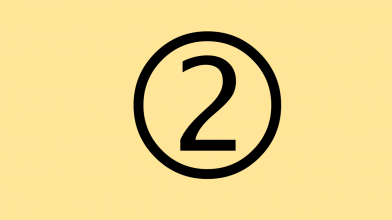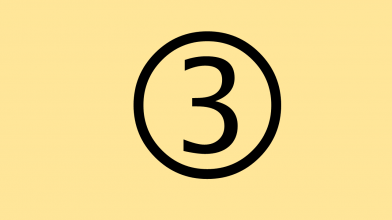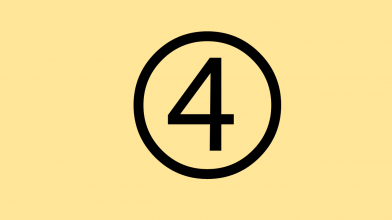My students give feedback to each other on their work. I guide students through this process by modeling constructive feedback.
Peer feedback activities can have positive impacts on learning, especially when well organized. Here are a few benefits of incorporating peer feedback into online courses according to Filius (2019):
- It develops critical thinking;
- Students integrate previous knowledge with new knowledge;
- It increases students’ sense of responsibility and ownership;
- Students can better assess their own learning.
In Brightspace you can easily create peer feedback activities with the FeedbackFruits tool. This tool allows you to structure the process and the criteria so that students can give clear and focused feedback to each other.
It is also possible to use the discussion forum for feedback. Here students can respond to each other’s work with text, audio, or video clips.
Tips:
- Keep activities small and simple. Let students turn in a part of a project and limit what aspects students give feedback on.
- Monitor feedback, give feedback on the feedback, and use feedback during lessons so that students see the import and effectiveness of the feedback process.
Road map for effective feedback
7 steps for effective feedback

Instruction
First, students must be taught how to give feedback. Introduce students to the process and their role in it. This can be done with examples in a video or PowerPoint.

Content
Discuss the instructions. Link the process to learning goals. Students are showing understanding when they give, receive, and evaluate or incorporate constructive feedback. Focus on the outcomes and the development of understanding to make the activity meaningful for the students.

Criteria
Make it clear what the criteria for the assignment are. Give examples of strong, sufficient, and weak products to help students formulate their feedback. Help students focus on important aspects of the product by breaking down the criteria into specific details or characteristics to look at.
Also explain your role in the activity. Will you give feedback on feedback? Will student feedback be incorporated into the final product? How will you monitor the process and how will students be held accountable for their feedback?

Practice
You and your students have to get used to the process and the technical issues of new activities, such as peer feedback activities. Try to prevent problems before they arise by starting off with simple, well-guided activities. Make time for technical issues and make sure students know where to go to get technical help. Take time in lessons to reflect on the process, answer questions, and reiterate expectations.

Implementation
After you have introduced the content, the activity, and the tools, you are ready to get started.
First students turn in a work product and then they can give feedback to their peers. Make sure they are aware of the general criteria and the feedback criteria before they get started.
As a teacher, you can monitor the activity by following user data for example, in the FeedbackFruits tools, by adding critical-thinking questions at certain points, and by checking in with students. Give the students room to think and develop their feedback skills and try not to step in with expert advice. Make sure your feedback furthers their thinking in terms of the objectives of the product or in terms of giving feedback. In this way, students will learn to trust and value feedback from not only you, but from their peers as well.

Discussions
Discuss the activity during contact moments with your class. This is an opportunity for you to reflect on how to improve the process and an opportunity to help students put the feedback to use.
Put students in small groups to further discuss and process their feedback. Have them work together to see how to incorporate the feedback. Afterwards, reflect on the process, any new understandings students gleaned from working with their peers and have them identify how the process helped them improve their work.

Results
At the end of the process, have students reflect on how the feedback strengthened their work. This can happen after a series of peer feedback opportunities. Also, give students an opportunity to discuss the feedback process to identify how to improve for the next time.
External Resources
Useful resources
Research group Teaching & Lear...
Filius, R.M. (2019). Peer Feed...

